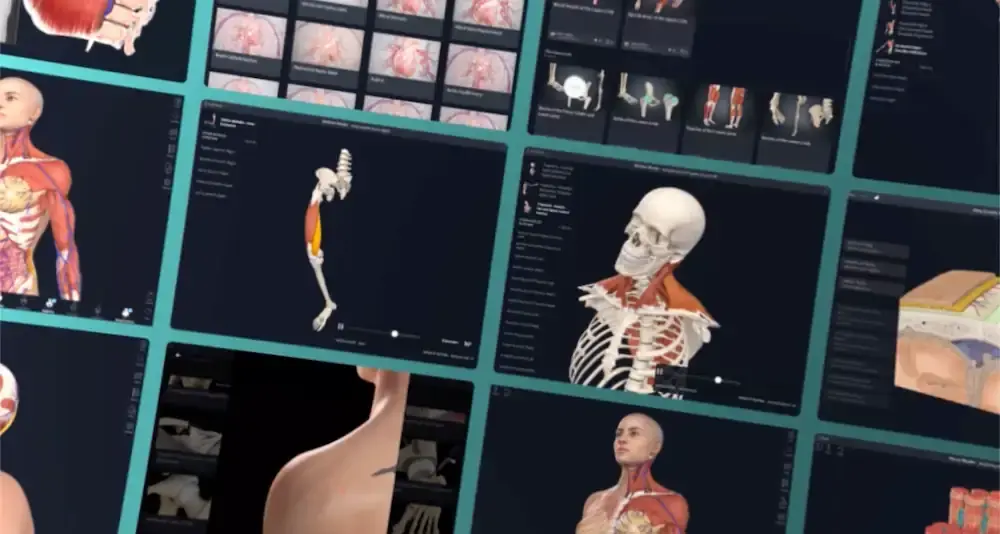
Quick Facts
The lateral palpebral ligament is a ligament that anchors the lateral end of the superior and inferior tarsal plates to the margin of the orbit (Dorland, 2011).
Related parts of the anatomy
Structure and/or Key Feature(s)
The lateral palpebral (canthic) ligament is formed from a dense and fibrous tissue. It passes from the lateral edges of the superior and inferior tarsal plates to the marginal (or Whitnall’s) tubercle on the zygomatic bone (forming part of the orbital margin).
Anatomical Relations
The lateral palpebral ligament is found deep to the orbital septum.
Function
The lateral palpebral ligament, along with the orbital septum, supports the tarsal plates by tethering them to the lateral margin of the orbit. The lateral palpebral ligament is the structure responsible for the surface feature, the lateral canthus or lateral corner of the eye (Parent et al., 1993).
References
Dorland, W. (2011) Dorland's Illustrated Medical Dictionary. 32nd edn. Philadelphia, USA: Elsevier Saunders.
Parent, A. D., Das, S. K., Mallette, R. A. and Haines, D. E. (1993) 'Significance of the lateral canthal tendon in craniofacial surgery', Pediatr Neurosurg, 19(2), pp. 73-7.


